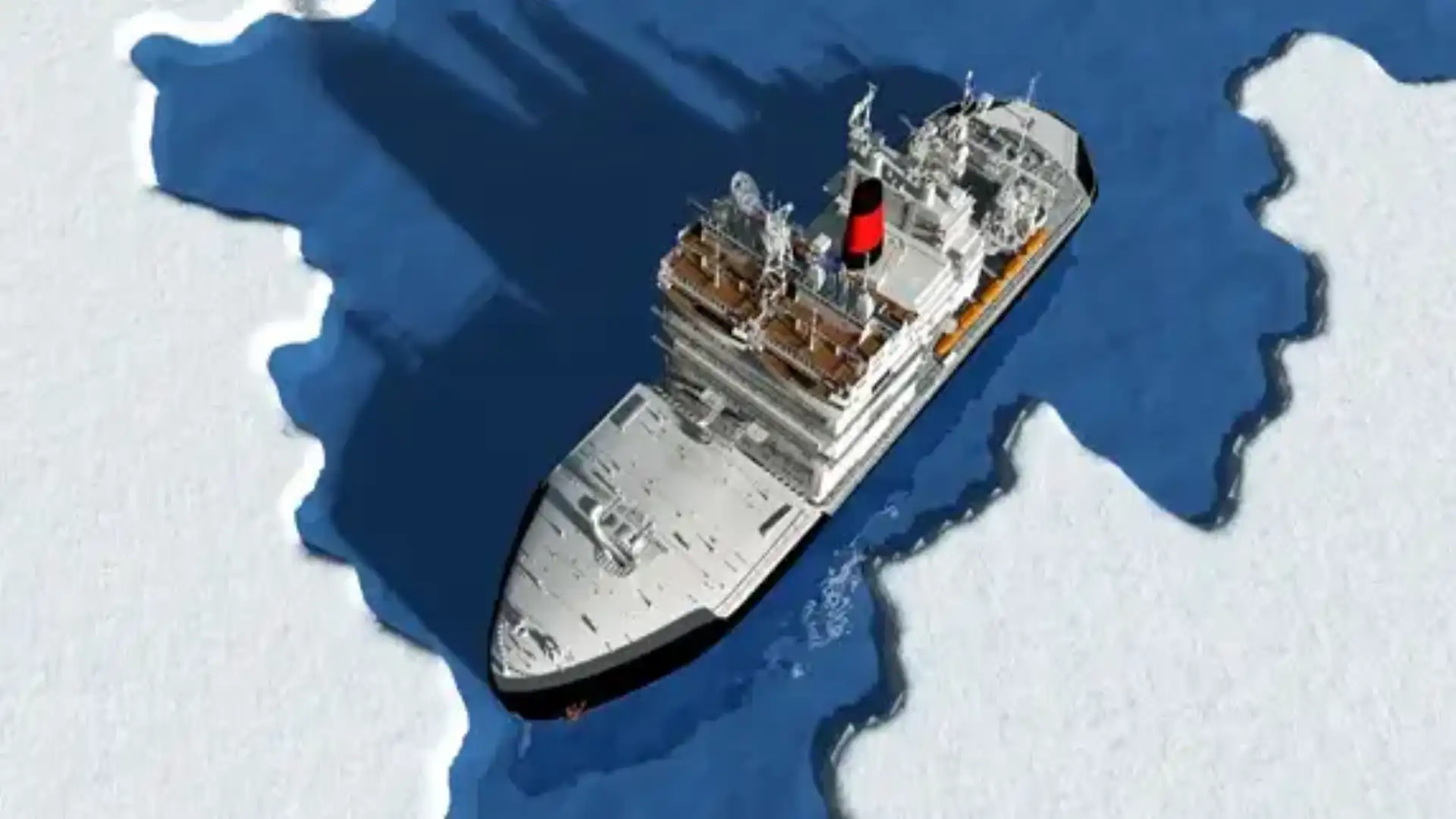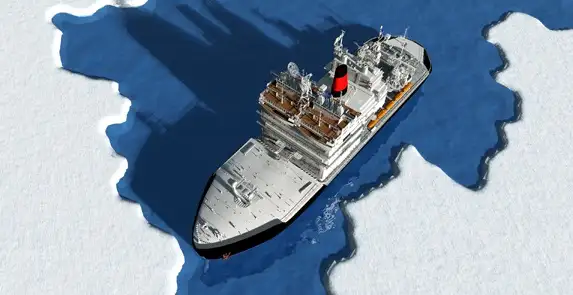
The implementation of the Polar Code a milestone for the planetary environment
The implementation of the Polar Code a milestone for the planetary environment

The polar code, which is mandatory for vessels sailing in Arctic and Antarctic waters, has entered into force on 1 January 2017, which is a historic milestone in the work of the International Maritime Organization (IMO) on this fundamental issue. Its requirements, specifically designed for polar environments, go beyond
In view of the increase in traffic in vessels sailing in polar waters, IMO has decided to introduce new rules to ensure the protection of the polar environment and the safety of seafarers and passengers. These rules shall be binding on vessels sailing through these inhospitable waters.
The polar code, which is mandatory for vessels sailing in Arctic and Antarctic waters, has entered into force on 1 January 2017, which is a historic milestone in the work of the International Maritime Organization (IMO) on this fundamental issue. Its requirements, specifically designed for polar environments, go beyond those of existing IMO conventions, such as the Marpol Convention and the Solas Convention, which are applicable worldwide and will therefore continue to apply to maritime transport in polar waters.
Ships sailing in the Arctic and Antarctic regions are exposed to a number of particular risks. The poor weather conditions and the relative lack of good navigation letters, communication systems and other navigational aids pose difficulties for seafarers. The remoteness of polar areas makes rescue or cleaning operations difficult and expensive. Low temperatures reduce the effectiveness of many of the ship's components, from bridge machinery and emergency equipment to seaets. Ice, where available, also imposes additional charges on the hull, propulsion system and ship appendices. In order to address all these issues, the polar code lays down mandatory rules covering the full range of project, construction, equipment, operation, training and environmental protection of the issues that apply to ships sailing in the inhospitable waters around the two poles.
Technical context
The polar code includes mandatory provisions on safety measures (part I-A) and pollution prevention (part II-A), as well as provisions of a recommended nature for both (parts I-B and II-B). The safety provisions of the polar code apply to new vessels built after 1 January 2017. Ships built before 1 January 2017 shall comply with the relevant requirements of the polar code in the first intermediate, or renewal, if this is the case, after 1 January 2018... and the environmental requirements of the polar code apply to both new and existing vessels.The code requires that vessels that plan to operate in the waters that are framed in the Arctic or Antarctic zone request a polar vessel certificate, which will give the ship one of these classifications:
Category A: vessels designed to operate in polar waters at least in average ice of the first year which may include pieces of old ice;
Category B: vessel not included in category A, designed to operate in polar waters at least in small first year ice that may include pieces of old ice; and
Category C: ship designed to operate in free water or under ice conditions less stringent than those of categories A and B.The chapters of the code present functional objectives and requirements that specifically cover: ship structure; compartmentalization and stability, the integrity of the inequity, machinery facilities; fire safety / protection; devices and means of rescue; safety of navigation; communications; travel planning; endowment and training; prevention of pollution by hydrocarbons; prevention of pollution by harmful liquid substances transported in bulk; prevention of pollution by harmful substances transported by sea in packages; prevention of pollution by dirty waters of ships; and prevention of pollution by waste from ships.
Training requirements
The minimum requirements for the training and qualifications of captains and bridge officers on vessels operating in polar waters were adopted by the IMO Maritime Safety Committee in November 2016. They shall be compulsory under the International Convention on Standards of Training, Certification and Guard for Seafarers (Training Convention) and its training code, from 1 July 2018.
© 2024 Nautica Digital Europe - www.nauticadigital.eu











